DryZone by Damp Busters
Dryrod 50 Rod Pack
Dryrod 50 Rod Pack
Couldn't load pickup availability
Dryrod Damp-Proofing Rods offer a high-performance, hassle-free solution to rising damp or salt damp. Simply drill into a continuous mortar line and insert the rods - no mess, no stress.
Each rod releases a precise dose of water-repellent chemical. This spreads through the mortar course and brickwork to form a lasting damp-proof barrier. Once treated, the wall dries out naturally.
Thanks to its patented delivery system, Dryrod is faster, cleaner, and easier than traditional methods - ideal for both professionals and DIYers. It also delivers over four times the resistance to rising damp compared to the next best method.
Dryrod is the premium solution for rising damp.
Share
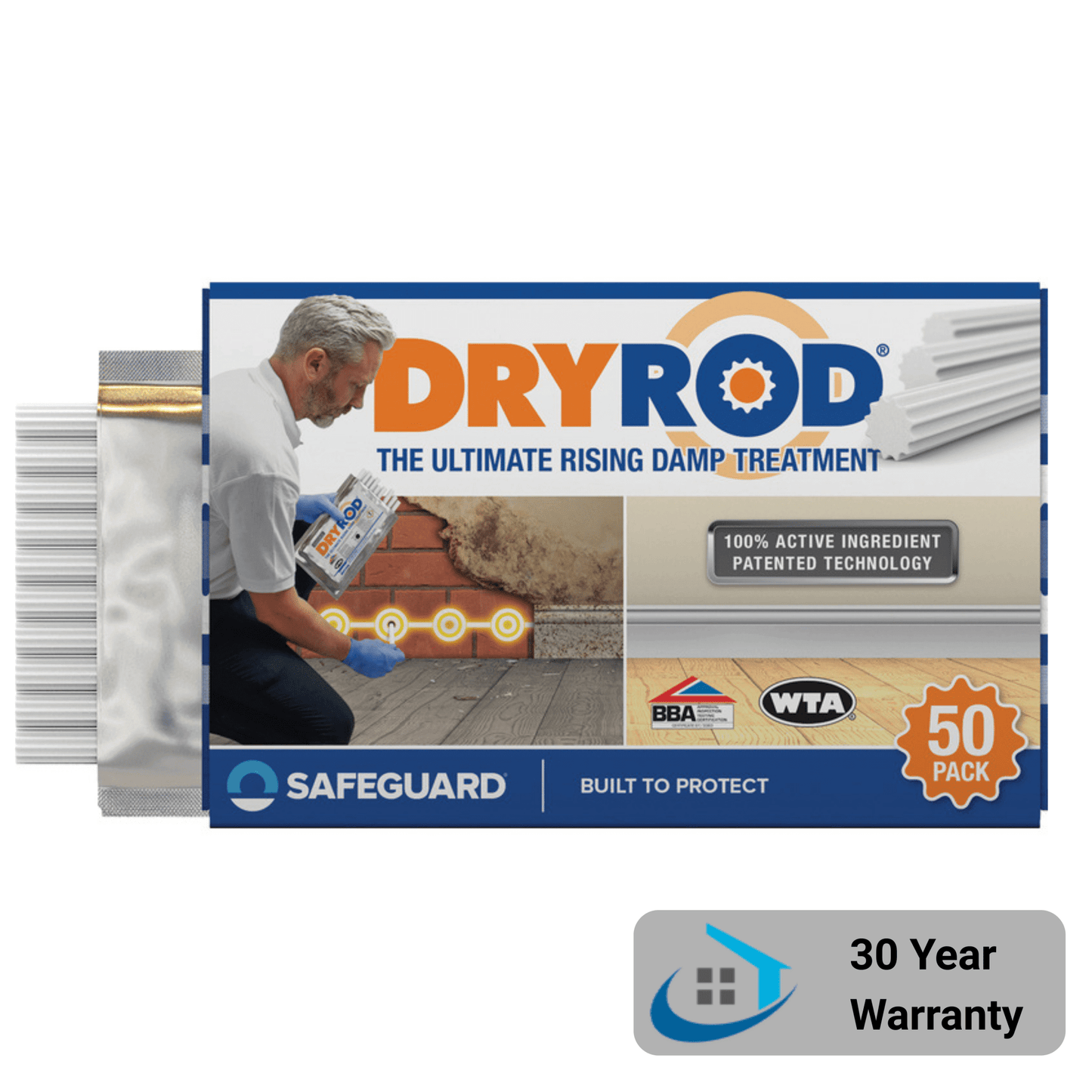
DryRod Quantity Calculator
Installation Guide
-
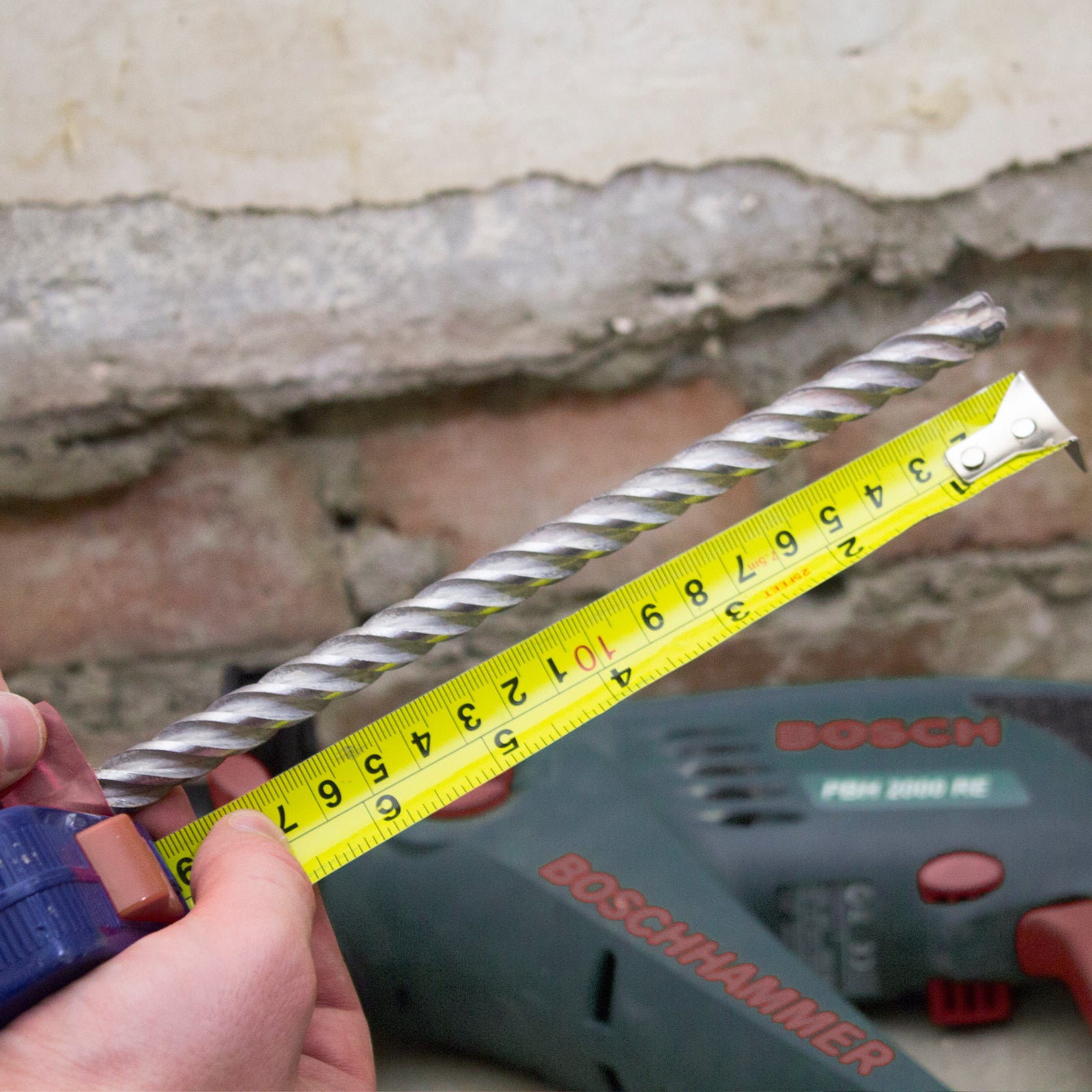
1. Mark Drill Bit
Mark your drill bit to drill to within 10mm of the far side of the wall you are treating.
Be sure to use the rotary hammer mode on your SDS drill.
-
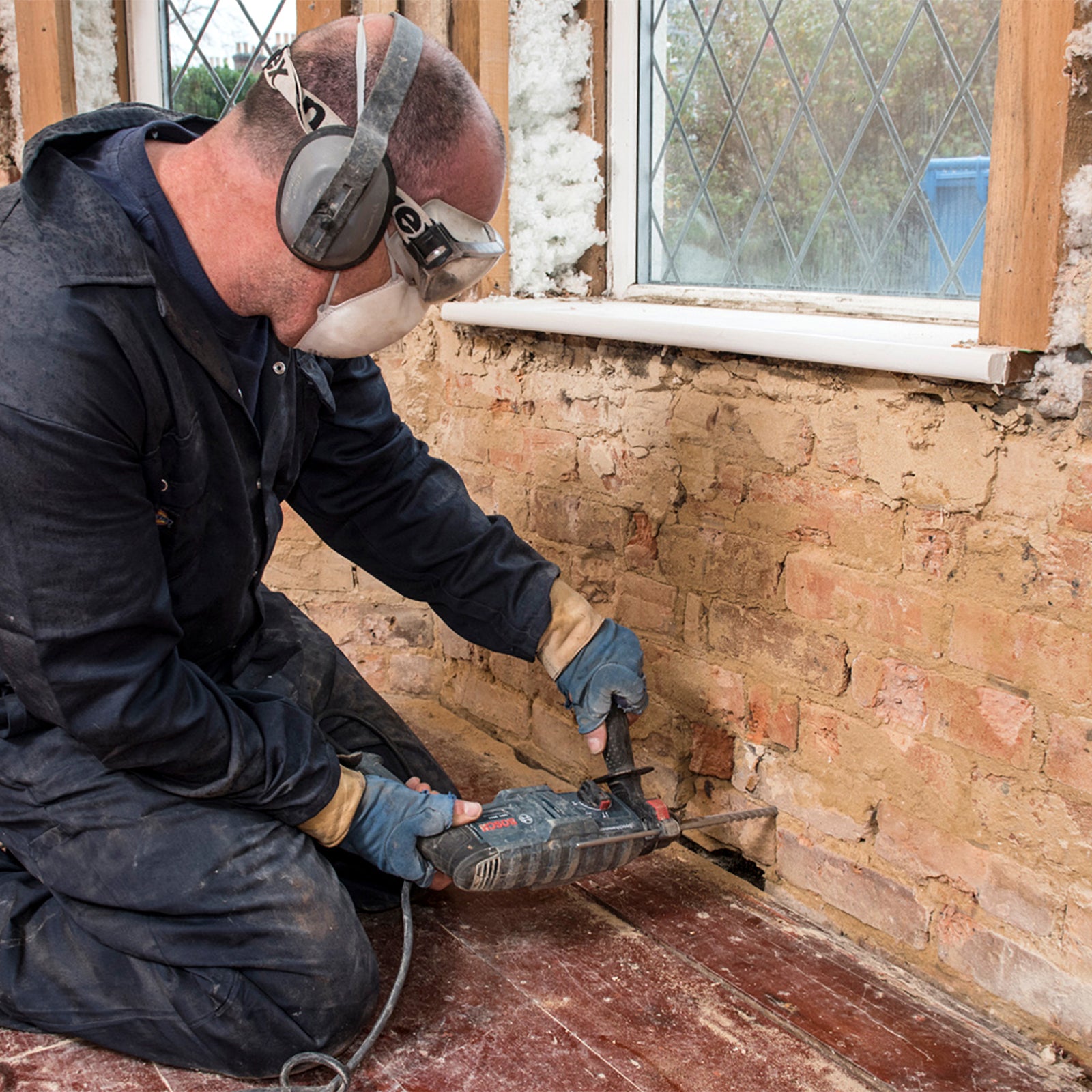
2. Drill Holes
Drill into the lowest mortar course above ground/floor level at 120mm centers.
Reduce the pressure on the drill as you get to within 30mm of the far side of the wall to prevent damage to the other side of the wall.
Make sure the hole is clear of debris by moving the drill bit back and forward.
-
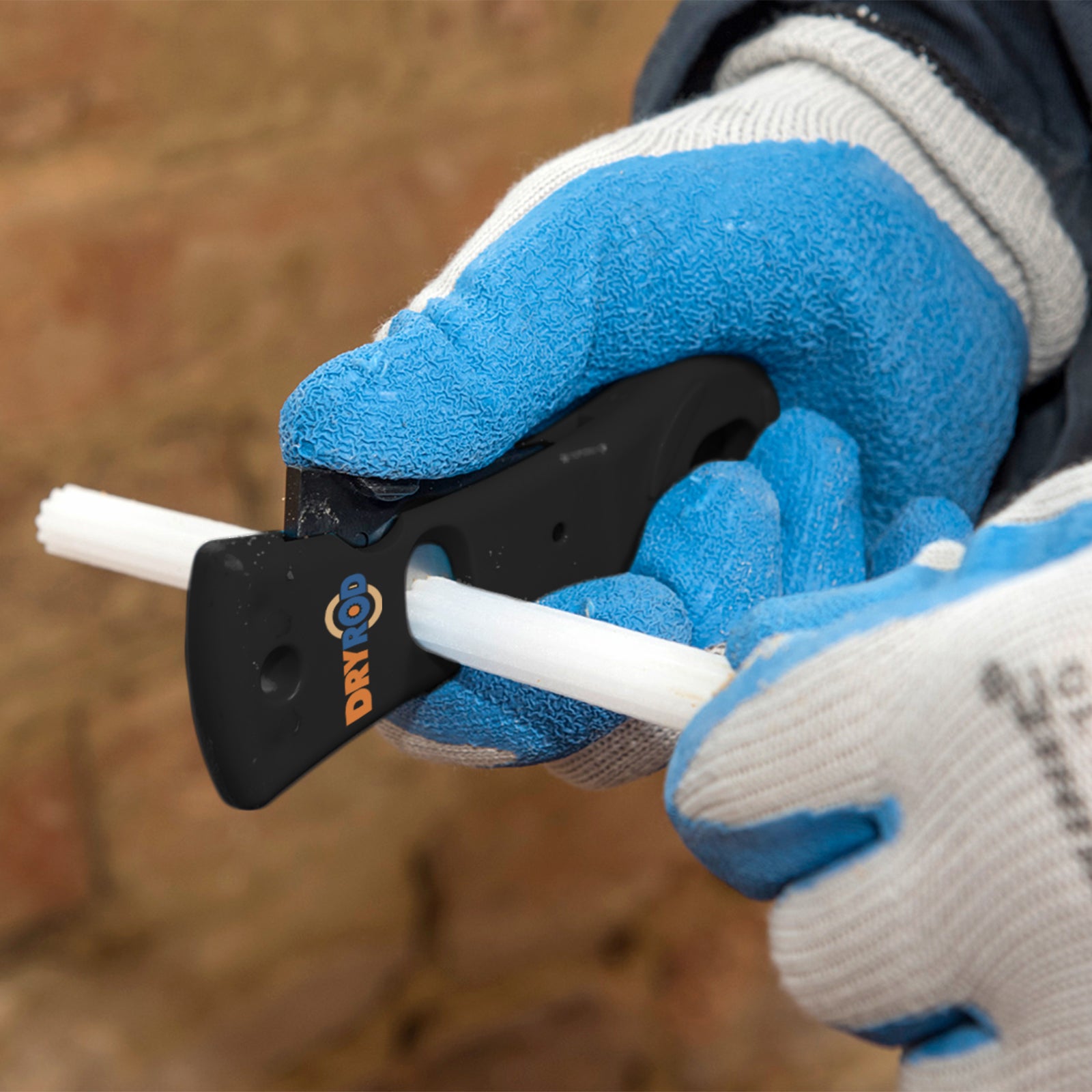
3. Cut DryRod to Length
A DryRod is 180 mm long, ideal for treating solid double brick walls. For single brick walls, cut each rod in half using garden secateurs or a similar tool. For 300 mm walls, insert 1.5 rods per hole. In thicker walls, rods can be inserted from both sides.
-
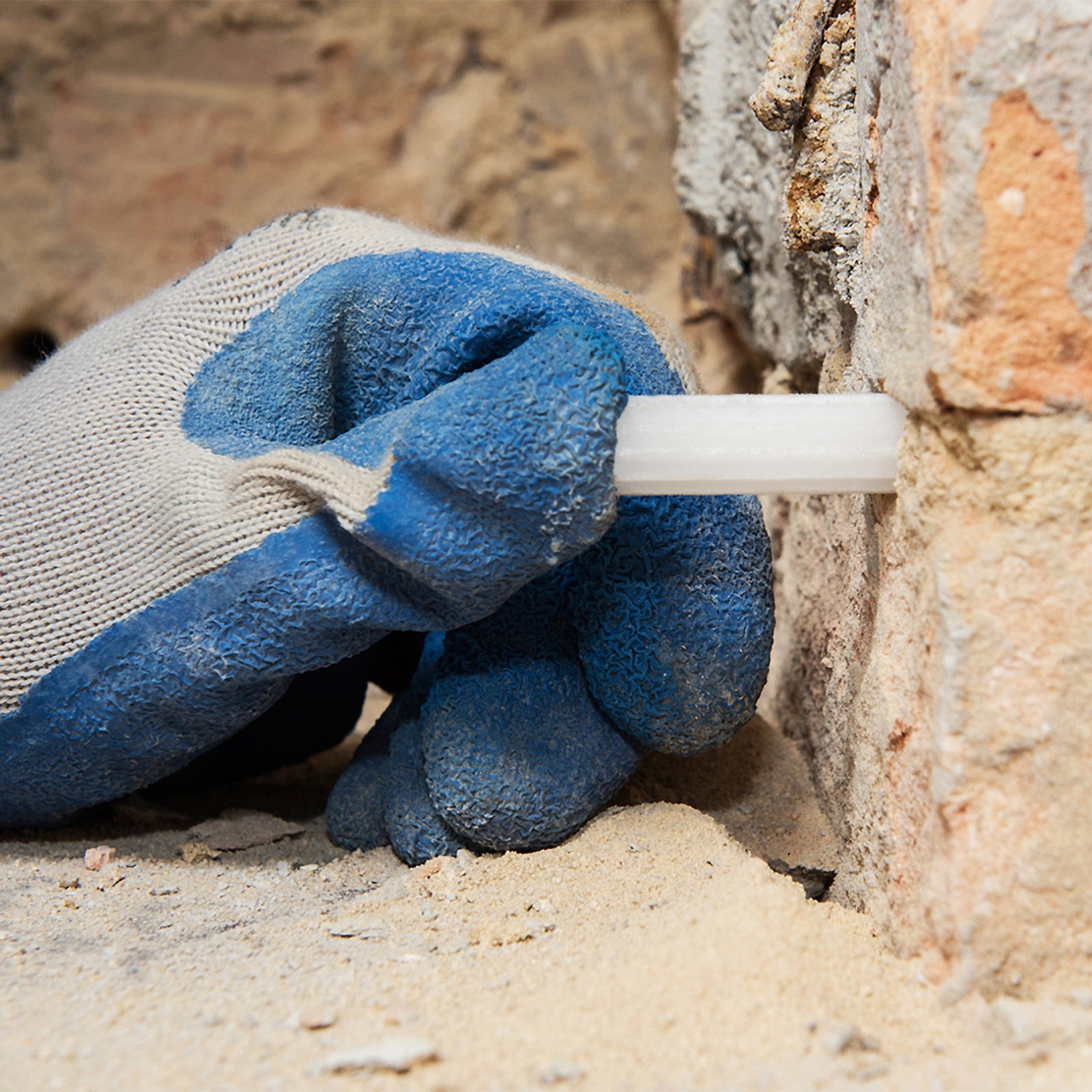
4. Inserting Rods
Push one Dryrod into each hole to within 10mm of the other side. No special tools needed.
Leave wall to dry out naturally. Replastering may be required depending on salt contamination.
-
5. Plugging the holes (Optional)
You only need to fill the holes for aesthetic purposes. To plug the holes avoid using silicone and instead use mortar mix.
As with all remedial damp-proofing systems, it is necessary to remove and replace any salt-contaminated plaster with a render containing one of our recommended moisture barriers.
-
Tips
- Wear gloves when handling DryRod and DryZone
- Check for piping in wall before drilling
- Cover nearby surfaces before drilling to reduce cleanup





